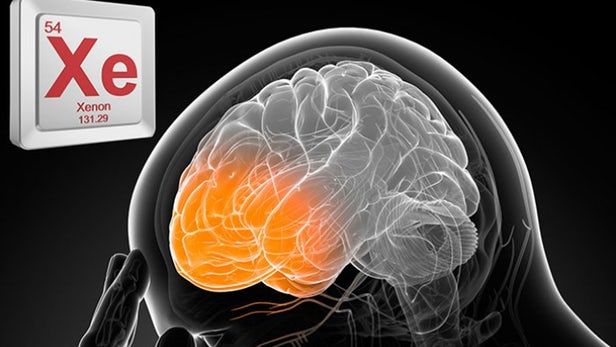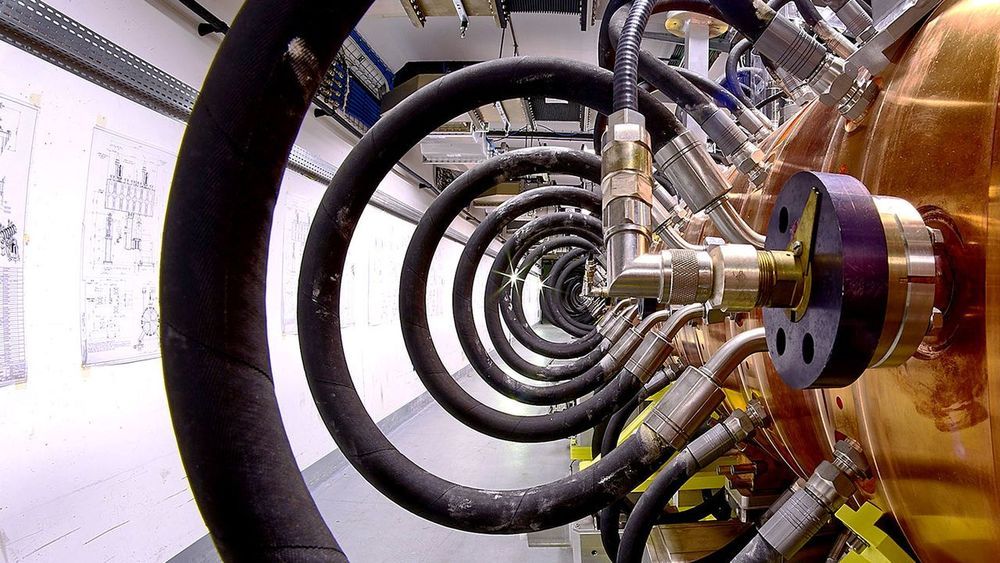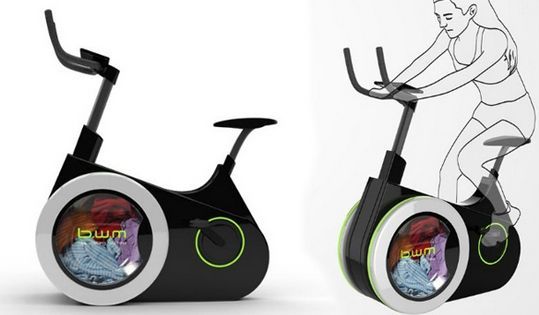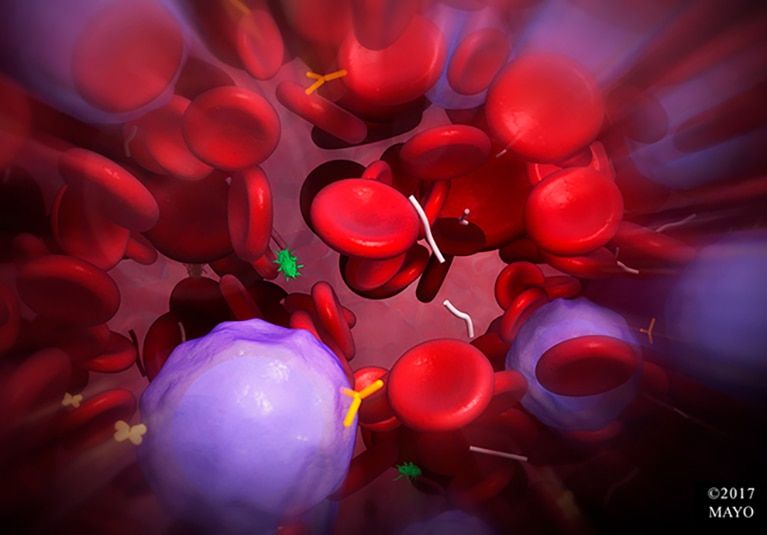Page 8474
May 26, 2019
Xenon gas revealed to offer long-term protection following traumatic brain injury
Posted by Paul Battista in categories: biotech/medical, neuroscience
A new study has affirmed the anesthetic drug xenon can help prevent long-term damage associated with traumatic brain injury (TBI). The researchers, from Imperial College London and Johannes Gutenberg University Mainz, have effectively demonstrated in mice that if xenon is administered within a few hours of a TBI it can prevent brain tissue damage that would result in long-term cognitive problems.
May 26, 2019
New targets for the world’s biggest atom smasher and wood designed to cool buildings
Posted by Genevieve Klien in category: particle physics
May 26, 2019
Exercise And Wash Laundry With This Eco-Friendly Washer-Bike!
Posted by Victoria Generao in categories: futurism, health
Finding the time to exercise when you’ve got heaps of housework – and laundry – piling up can be difficult, but this piece of gym kit means you’ve got no excuse!
The Bike Washing Machine is a human-powered washing machine that encourages you to multitask and conserve water while boosting your fitness in a fun, efficient way.
A generator inside the bike also creates electricity which can be stored for future use.
Continue reading “Exercise And Wash Laundry With This Eco-Friendly Washer-Bike!” »
May 26, 2019
Stem cell therapy for graft dysfunction in lung transplant
Posted by Genevieve Klien in category: biotech/medical
Mayo Clinic researchers have demonstrated the safety and feasibility of stem cell therapy for lung transplant recipients with moderate obstructive chronic lung allograft dysfunction (CLAD). A larger clinical study is planned, which might eventually yield regenerative-medicine options for managing acute or chronic CLAD.
“The primary purpose is to improve lung function, or at least arrest the rate of decline in lung function, in transplant patients with progressive obstructive disease that is refractory to medical therapy,” says Cesar A. Keller, M.D., emeritus professor at Mayo Clinic in Jacksonville, Florida.
Although lung transplantation is a life-saving treatment option, chronic rejection is considerably more common than in other solid organ transplants, due to the lungs’ continuous exposure to environmental factors. Within five years of lung transplant, 45 percent of recipients develop obstructive CLAD, also known as bronchiolitis obliterans syndrome (BOS) — which has an associated mortality rate ranging from 25 percent to 56 percent. There is no standardized therapeutic protocol for BOS, and the existing therapies have had variable success.
Continue reading “Stem cell therapy for graft dysfunction in lung transplant” »
May 26, 2019
Engineered Cells and CRISPR Kits | Genome Engineering
Posted by Genevieve Klien in categories: bioengineering, biotech/medical
Synthego offers Full Stack Genome Engineering Solutions. Our Engineered Cells and CRISPR kits enables all researchers to access CRISPR and accelerate their scientific discoveries, uncover cures for diseases, and develop novel synthetic biology applications.
May 26, 2019
Microsoft, Alphabet team up to teach quantum computer programming
Posted by Genevieve Klien in categories: computing, quantum physics
Microsoft, Alphabet and Brilliant are offering a course that teaches you the ins and outs of quantum computer coding.
May 26, 2019
Scientists using ‘quantum headphones’ to protect delicate data
Posted by Genevieve Klien in category: quantum physics
Australian scientists have been inspired by noise-cancelling headphones to develop a system for protecting delicate quantum data.
May 26, 2019
Still Images Come to Life Thanks to Samsung’s Deepfake AI
Posted by B.J. Murphy in categories: augmented reality, economics, robotics/AI
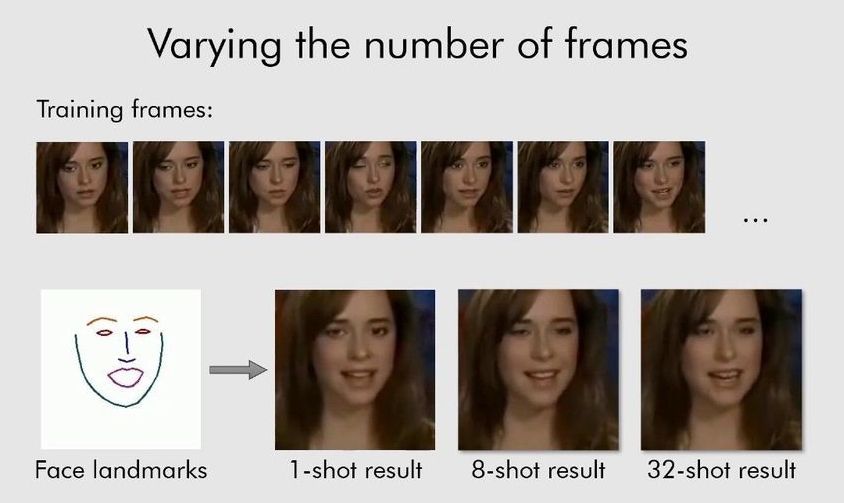
Imagine the possibility of integrating mixed reality (XR) tech with that of this AImagine having a long, open conversation about philosophy with either Immanuel Kant or David Hume. Imagine being given a private lesson in economics by either Adam Smith, John Maynard Keynes, or Karl Marx. The possibilities are seemingly abundant. But then so are the risks.
A lot of coverage has been done on the emergence of what are known as “deepfakes” here on Serious Wonder the last few years. They’ve captivated us at times and then frightened us. The implications of this growing technology are practically limitless, especially as our ability to tell the difference between what is real and what is fake diminishes even further.
Continue reading “Still Images Come to Life Thanks to Samsung’s Deepfake AI” »
May 26, 2019
Why Would a Scientist Inject Himself with 3.5 Million Year Old Bacteria?
Posted by Sidney Clouston in category: entertainment
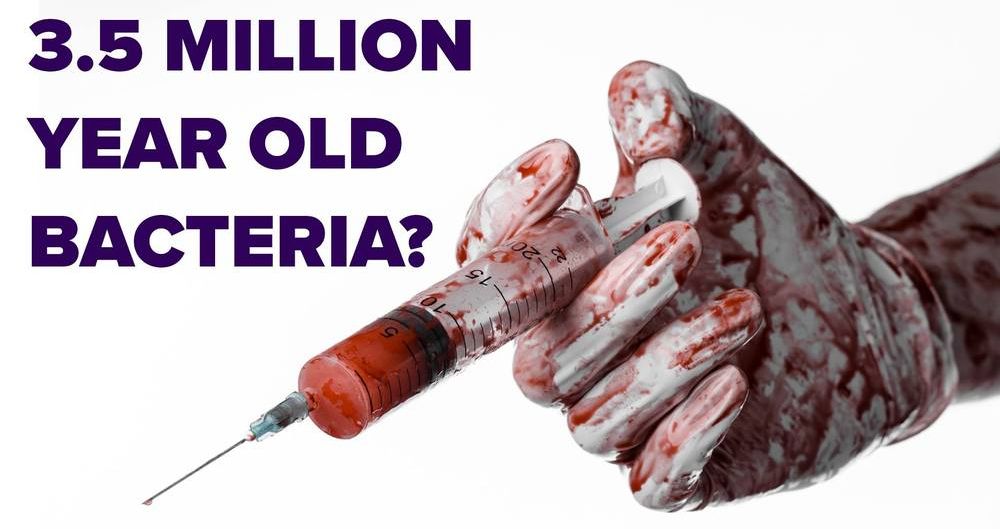
What was this scientist thinking when he injected himself with a 3.5 million years old bacteria from Siberian mountains? What happened to him afterwards? Is he doing ok now, or was this science experiment gone wrong? Let’s find out in today’s episode:

